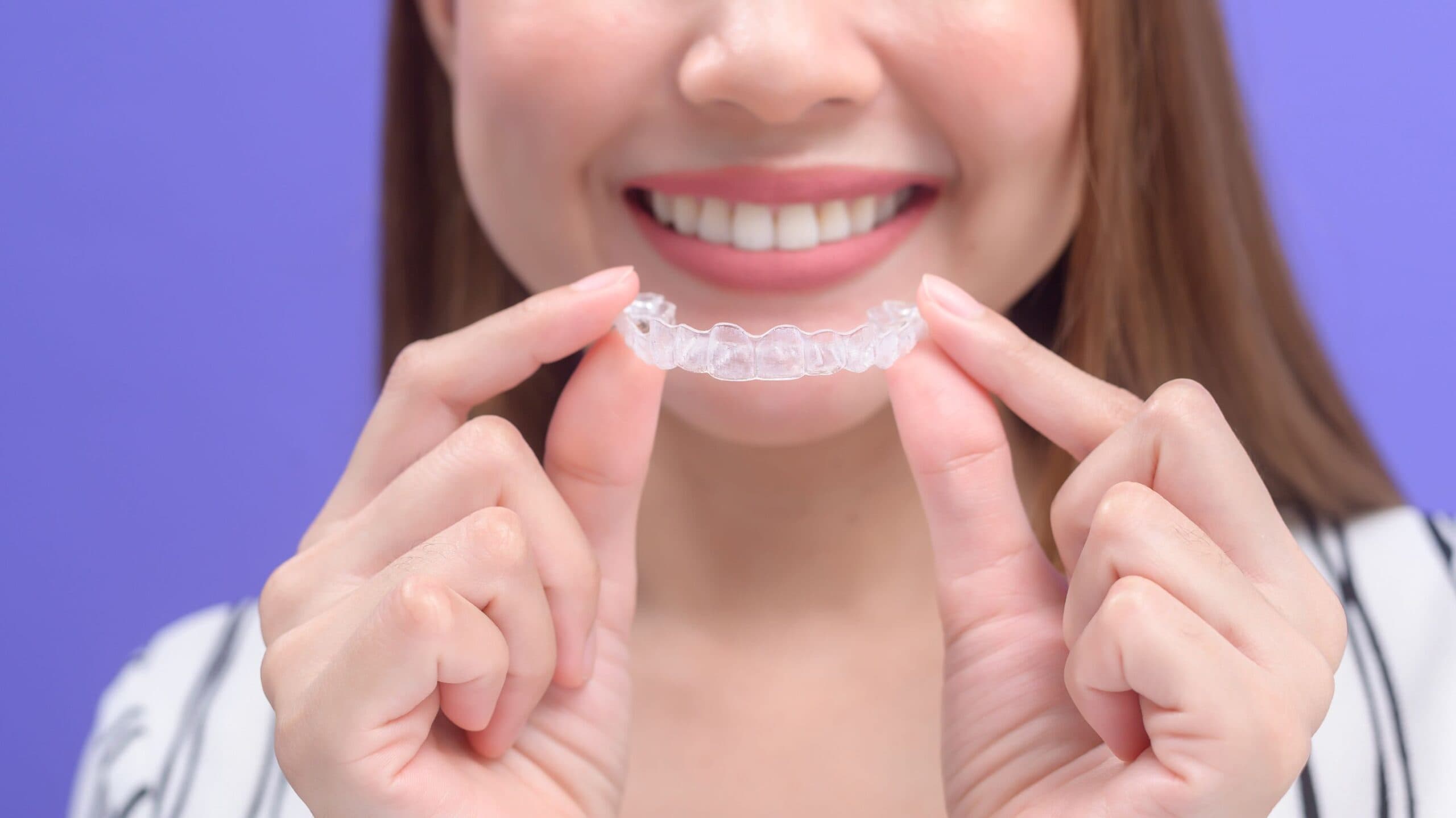Overbites are one of the most common dental alignment issues and occur when the upper front teeth extend significantly beyond the lower front teeth. Left untreated, an overbite can lead to jaw discomfort, excessive wear on teeth, and even speech difficulties. Traditionally, metal braces have been the go-to solution, but advancements in orthodontic care have introduced more discreet options. Among these, Invisalign has become a leading choice for patients seeking a less invasive and more flexible treatment path.
Understanding Overbite Correction
Correcting an overbite involves gradually shifting the position of the teeth and sometimes the jaw. This process requires precision and consistency over time. Invisalign uses a series of custom-made, clear aligners to apply gentle pressure on targeted areas. Each set of aligners is worn for one to two weeks before being replaced with the next in the sequence.
Invisalign technology has evolved to treat increasingly complex cases, including moderate overbites. The treatment starts with a digital scan of the patient’s teeth and jaw, followed by a detailed plan developed by the orthodontist. This plan maps out each tooth movement needed to achieve ideal alignment.
As the patient progresses through the aligners, pressure is applied in specific areas that gradually move the upper teeth into a more appropriate position. Attachments, which are small tooth-colored shapes bonded to the teeth, can also be used to give the aligners more grip and control. In some cases, rubber bands may be added to help adjust the bite by influencing jaw alignment.
Knowing the Benefits of Invisalign for Overbites
Invisalign offers several advantages for patients looking to correct an overbite discreetly. The clear aligners make the process much less noticeable compared to metal braces. Additionally, the aligners are removable, so patients can eat their favorite foods without restriction and maintain their usual oral hygiene routines.
Many patients also report increased comfort with Invisalign. The absence of brackets and wires means fewer irritation points inside the mouth. Regular check-ins with the orthodontist are typically shorter and less invasive than adjustments required with traditional braces.
Wearing Duration and Effectiveness
The length of treatment with Invisalign depends on the severity of the overbite and the patient’s commitment to wearing the aligners as prescribed—typically 20 to 22 hours per day. Most treatments last between 12 and 24 months, though some may be shorter or longer. When used as directed and under professional supervision, Invisalign can be highly effective in correcting overbites. Consistency and follow-through are key, and patients who adhere to their treatment plan are more likely to achieve their desired results on schedule.
Evaluating Candidates for Invisalign
While Invisalign works well for many patients, it may not be suitable for severe skeletal overbites that require jaw repositioning. A thorough evaluation by an orthodontist will help determine whether Invisalign is the best approach or if alternative treatments are necessary.
For most mild to moderate cases, Invisalign provides a practical, flexible solution. Teenagers and adults with fully developed teeth and jaws are generally the best candidates. Motivation and discipline are also key as the success of the treatment relies heavily on the patient wearing the aligners consistently.
Schedule an Invisalign Consultation
Invisalign has revolutionized how overbites are treated by offering a discreet, comfortable, and effective alternative to metal braces. Through customized aligners and guided tooth movement, patients can achieve a healthier bite and a more confident smile. Invisalign continues to be a trusted option under the care of a skilled orthodontist.


Leave a Reply